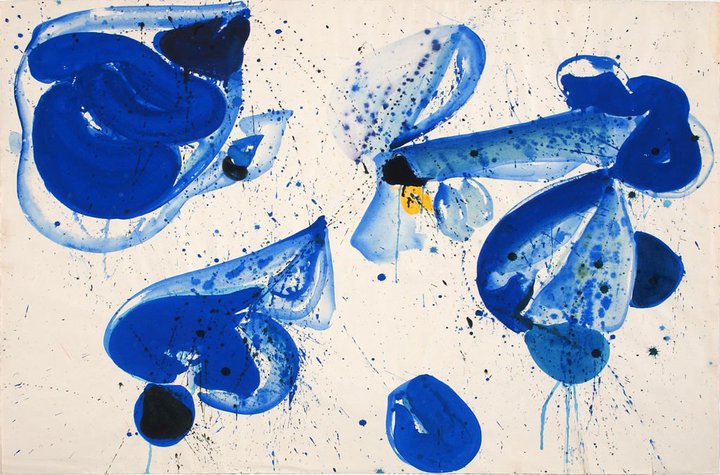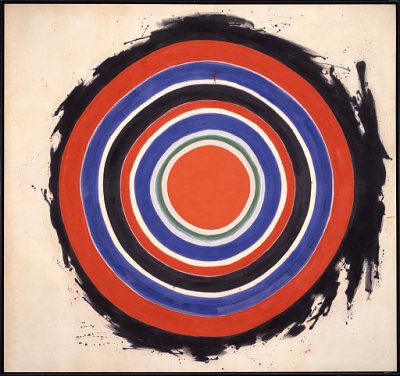In feminist theory, the male gaze is the act of depicting the world and women in the visual arts and literature from a masculine and heterosexual point of view, presenting women as objects of male pleasure.
Feminist theory aims to understand the nature of gender equality. It examines not only women, but men’s social experiences, interests and chores. Themes explored in feminism include discrimination, objectification – especially sexual objectification, oppression, patriarchy and stereotyping.
The male gaze is a theory developed in 1975 by feminist film critic, Laura Mulvey an she suggests that in the male gaze, women are visually positioned as an “object” of heterosexual male desire. A women’s feelings, thoughts and her own sexual drives are less important than her being “framed” by male desire. Mulvey introduced this theory in her now famous 1975 essay, Visual Pleasure and Narrative Cinema.
Although the notion of the male gaze is not directly relatable to my own project, it can still have some reference to what I am exploring because of the idea that the male gaze is made up of three parts. For the male gaze to be present, the there parts to it has to be present and these include: (i) that of the person behind the camera, (ii) that of the characters within the representation and (iii) that of the spectator.
The male gaze has been contrasted with the idea of the female gaze which basically suggest the opposite of the make gaze where in which, in the male gaze, females become a sexual object of male filmmakers and they are represented to an audience from the view that a male sees which is often sexualised. Therefore, the female gaze, as a response to the male gaze suggests that a view of males are presented form the view of a female filmmaker or literary.
However, the male gaze, in a summary, denies women their human identity, relegating them to the status of objects to be admired for physical appearance and male sexual desires and fantasies.
Mulvey argued that traditional Hollywood films respond to a “deep-seated drive” known as “scopophilia”: the sexual pleasure involved in looking. Mulvey argued that most popular movies are filmed in ways that satisfy masculine scopophilia.
Lining my ideas back to the three perspectives within the male gaze, this is how my magazine’s content presents a view of a male gaze. However, I am not directly linking the content of my magazine to the male gaze and this notion that females are objects of male desire. Instead, I am looking at the effect of a male gaze from a male’s point of view on another male, however, in a non-homosexual manner. The male gaze states that to be present, the three perspectives need to be evident.
The first perspective is that of the person behind the camera and in this case, that is myself as the photographer. My gaze is on the subjects that I am photographing and this is mainly other males, however this gaze does not have to be of a homosexual nature and instead, as a gaze that fulfills the need to feel comfort or even discomfort. From mine and my camera’s gaze on the subject, they can either feel comfort through the relationship I have attempted to build with them before I begun shooting or they can either feel a sense of discomfort derived from a feeling of objectified when in front of the camera’s lens, as if they are being watched. The second perspective is that of the subject within the representation – the subject. The subject’s view can then be classed as a male gaze in direct relation to it’s true meaning in that their gaze is casted upon another female and in this case, that is the onto female in my magazine and happens to be my girlfriend.
The last perspective of the male gaze is from that of the spectator, which is the viewer. The male gaze works this way as well and the gaze of the subjects onto the spectator of my magazine can be seen as another view of the male gaze.
However, I wish to reiterate that the presentation of the male gaze in my again is not a direct reference to what the male gaze is known to mean and instead, it present a view that a male’s gaze can be impact on many different people, including other males. Therefore, this is why I have entitled my magazine’s edition ‘The Male’s Gaze’ (with emphasis on the plural) because if I was to name it ‘The Male gaze’, people would expect a direct reference to what they know this theory to be – where male’s views upon women exude a sense of sexual desire. However, calling it ‘The Male’s Gaze’ alludes to the idea of a play on words and that my magazine does not directly cover this theory and instead, looks at it in alternative way.
Furthermore, I feel like this was relatively important to cover and if I was to subtly hint at the theory of the male gaze in my magazine, it would make for some interesting interpretations by my audience. I have focused primarily on males in the magazine and how they behave in adolescence and part of growing up and maturing, for males, and of course for females, is to find love and it is at this point that young boys may find themselves on relationships and experiencing the feeling of love. It is also a second nature for males to attempt to impress girls through the way they behave and through perhaps showing off. In my magazine, I have therefore explored the gaze of a male upon other girls, however, showing how this could be confused between love and lust and how a vulnerable, quite timid male, in an attempt to find love and experience romance, may present himself. It is a mere contrast between what the male gaze is known to be – where males use their gaze to sexually objectify women and degrade them to a position that takes away their power – and an innocent attempt to find love in adolescence.

























